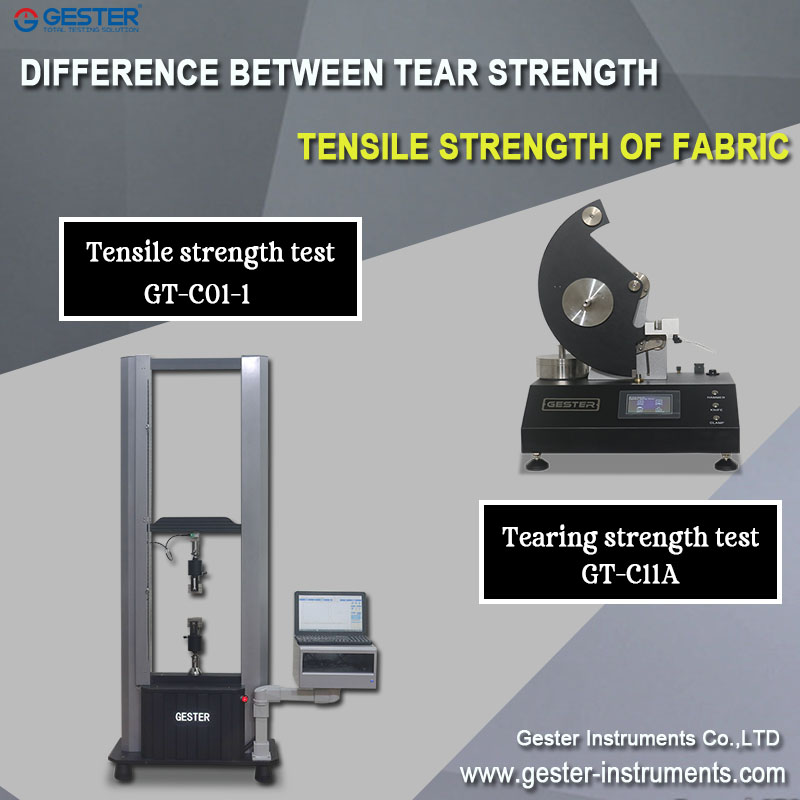Welcome Uzbekistan Clients to Visit GESTER
June 19, 2023
Welcome Uzbekistan Clients to Visit GESTER Introduction: As a professional manufacturer and wholesaler of physical testing instruments, GESTER has been committed to providing high-quality, reliable, and advanced products. Our product catalog covers toy testing equipment, textile testing equipment, footwear testing equipment, leather testing equipment, and yarn/fiber testing equipment. Recently, we had the pleasure of hosting clients from Uzbekistan, and through fruitful discussions, we explored product presentations, technical discussions, customized solutions, quality assurance, and future collaboration prospects, laying a solid foundation for future cooperation. Factory Visit To showcase our products and manufacturing capabilities, GESTER arranged a factory workshop tour for our Uzbekistan clients. Our representatives demonstrated their expertise and enthusiasm for our products. They provided detailed introductions of our product lines, through practical examples and application scenarios, they vividly illustrated the functions and uses of our products, enabling clients to better understand their value and advantages. The clients displayed a keen interest in our product, with particular emphasis on a few categories. Footwear Testing Equipment Firstly, footwear testing equipment was one of their key concerns. We showcased our advanced testing equipment, including footwear abrasion resistance testers, shoe sole hardness testers, and shoe sole adhesion testers, among others. They highly appreciated the performance and technical level of our products, expressing willingness to cooperate. Especially the following products: Bally Leather Flexing Tester GT-KC10A This Bally resistance flexing tester is used to determine the resistance of a material to cracking or other types of failure at flexing creases. The method is applicable to all flexible materials and, in particular, leathers, coated fabrics, and textiles used in footwear uppers. Textile Testing Equipment Additionally, they showed great interest in textile testing equipment. We introduced our textile testing instruments, including strength testing, fabric density testing, and colorfastness testing, among others. They appreciated the precision and reliability of our testing equipment and believed that our products could meet their requirements. Especially the following products: ICI Pilling And Snagging Tester GT-C18 ICI Pilling and Snagging Tester used to determine the surface pilling and snagging properties of both woven and knitted materials. Building Partnerships GESTER always adheres to the principles of high quality, innovation, and customer-centricity, continually providing superior physical testing instruments to global clients. By gaining a deep understanding of clients' product characteristics and testing requirements, we offer personalized solutions tailored to their needs. This visit will enable Uzbekistan clients to experience GESTER's products and services. Through interactive comm...
View More







